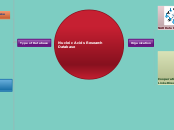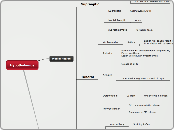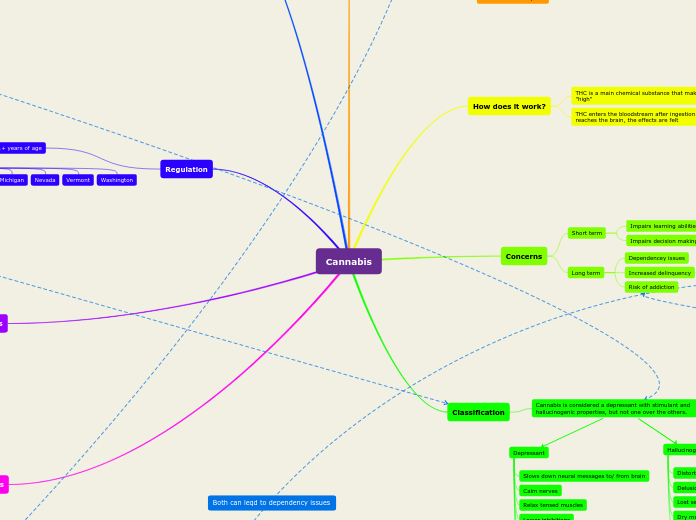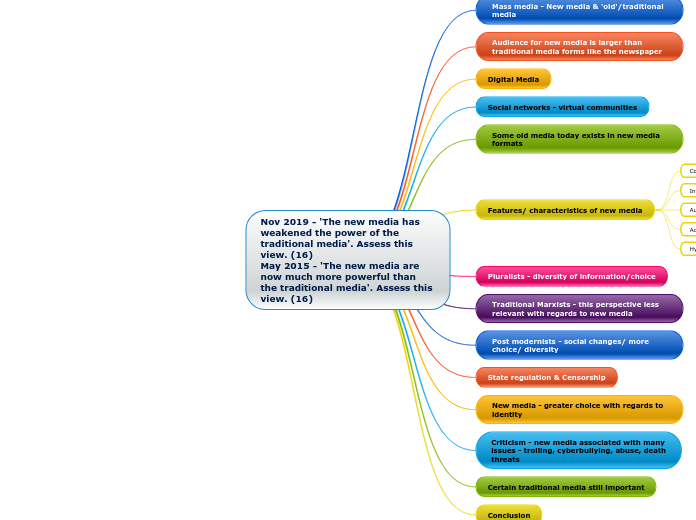Nucleic Acids Research Database
Type of Database
Type VIII : Other Databases
Why it is useful- This database provides:
Describe protein function including catalytic activity and etc.
Annotating protein and gene names
Determination of annotation rule
Determination of family membership of protein sequence
Description- This database provides automatic classification and annotation of protein sequences. It also allows precise annotation of individual functional variants within large homologous protein families.
Identified database- HAMAP ( High-Quality Automated and Manual Annotation of Proteins) (http://hamap.expasy.org)
Type VII : Plant Database
Pepsin are part of the cleavage process. Pepsin also cleaves nonheme iron which is found in plant foods such as cereals, fruits and vegetables from a protein to facilitate absorption.
Description
Structural and functional annotation, gene families, protein domains, phylogenetic trees and detailed information about genome organization can easily be queried and visualized.
Designed to make comparative genomics data for plants available through a user-friendly web interface.
Identified database : Plaza 3.0 (http://bioinformatics.psb.ugent.be/plaza/versions/plaza_v3_dicots/a)
Type VI : Genomic variation, diseases and drugs
Why it is useful?
3. Complex query, facilitate users who wish to perform complex search to extract the desired information from CancerPPD
2. Simple search, provides basic facility to retrieve data from the database. It allows users to perform keyword search on any field of the database
1. Has peptide sequence search, which allow researcher to searching given peptide sequence against sequences of all peptides available in CancerPPD
Description: is a unique resource of its kind, which provides detailed information related to experimentally verify anticancer peptides (ACPs) and proteins. Data was curated manually from both published articles, patents as well as from other repositories.
Identified Database: CancerPPD (http://crdd.osdd.net/raghava/cancerppd/)
Type V : Human genome, model
organisms, comparative genomics.
Provide many information.
Very easy to use.
It shows various types of a protein including it’s definition, function, and process which the protein involve.
Description : it is a database that provide various types of information on human proteins.
Identified database : neXtProt (http://www.nextprot.org/)
Type IV : Viruses, Bacteria, Protozoa and Fungi
Why it is useful- This database give information about the protein ( acidin-pepsin) also known as glycine betaine
Metabolic reaction of this compound
Monoisotopic molecular weight
Molecular weight
It chemical formula
It molecular group
Description- This database describes the generic and condition-specific metabolic network of Trypanosoma brucei ( a parasitic protozoan) responsible for human and animal African Trypanosomiasis ( common known as sleeping sickness).
Identified database- TrypanoCyc (www.metexplore.fr/trypanocyc)
Type III : Metabolic and signalling pathways , enzymes.
The enzyme induces cleavage of gluten-derived peptides predigested by pepsin and pancreatic enzymes an exhibiting a detoxifying effect in the host's gut.
Identified databese : BRENDA databes (http://www.brenda-enzymes.org)
Type II : Protein sequence and structure, motifs and domains.
Can avoid the redundancy of multiple copies of protein in same databases or different databases by storing the protein in stable and unique identifier (UPI).
Central hub for the collection of functional information on proteins, with accurate, consistent and rich annotation.
Description : The Universal Protein Resource (UniProt) is a comprehensive resource for protein sequence and annotation data. The UniProt databases are the UniProt
Knowledgebase (UniProtKB), the UniProt Reference Clusters (UniRef), and the
UniProt Archive (UniParc). The UniProt Metagenomic and Environmental
Sequences (UniMES) database is a repository specifically developed for metagenomic and environmental data.
Identified Database: UniProt (http://www.uniprot.org/)
Type I : Nucleic acid sequence, structure, and regulation
Why it is useful
Minimal delay in accessing latest information.
Publicly available, can be used freely by anyone.
Provide nucleotide sequences and their protein translations in various organisms.
Description : Database that contains nucleotide sequences.
Identified database : GenBank (http://www.ncbi.nlm.nih.gov/genbank/)
Organization
Cooperation: NAR with Bioinformatics Links Directory
Database links are grouped and arranged by scholarly citation count and social media sharing count.
Promote databases based on their functions and features by categorize them into relevant and representative biological subject, and retrieving search result by matching queried phrase to similar word in link’s title, description or tags.
Curation improved by community: suggest new database link, submit database, rating and review, comment and discuss.
Develop database that are community-driven and public repository with contextual annotation and functional organization for establishing biologist-friendly resource of bioinformatics information.
NAR Database Curation
Establish intuitive interconnection between the databases based on their submitted uniform-format attributes.
Curation will categorize active functioning databases into eight sections to ease navigation relevant databases are grouped.
Conduct curating to update current databases’ URLs, present recent activity, merge with other databases or withdraw antiquated databases based on their responsiveness.
Communicate with owner and/or author to ensure commitment on database continuation and updating.
Semi-automated in identify not active and non-functioning databases.









